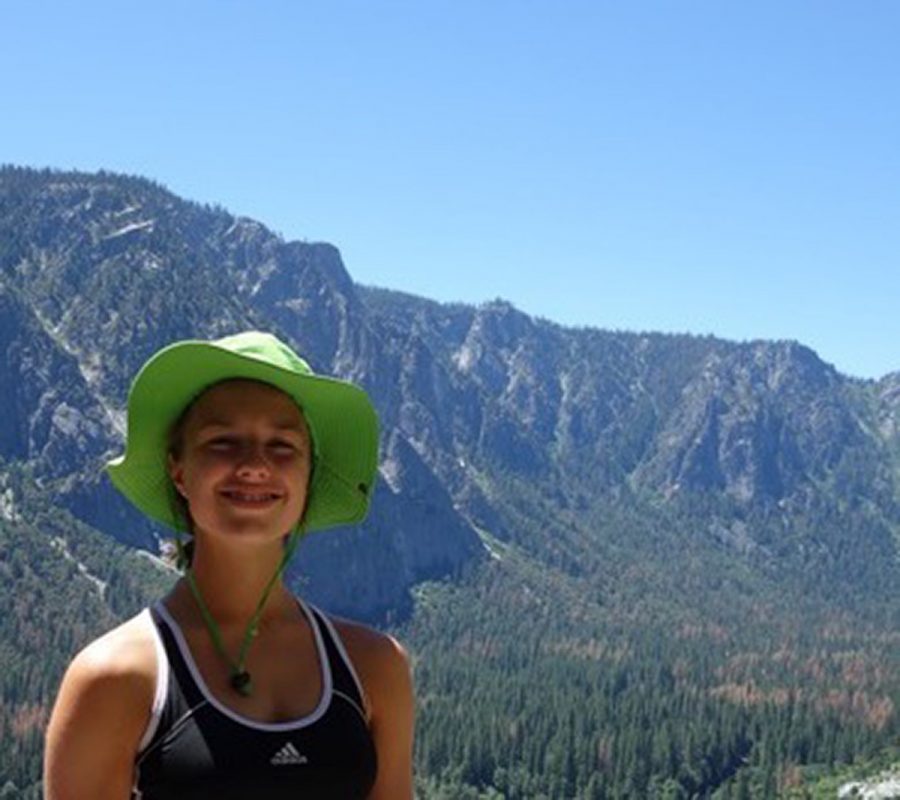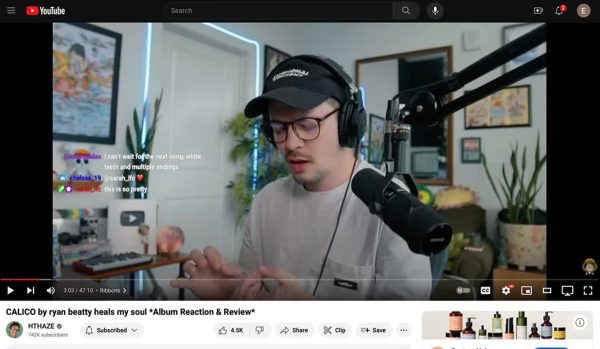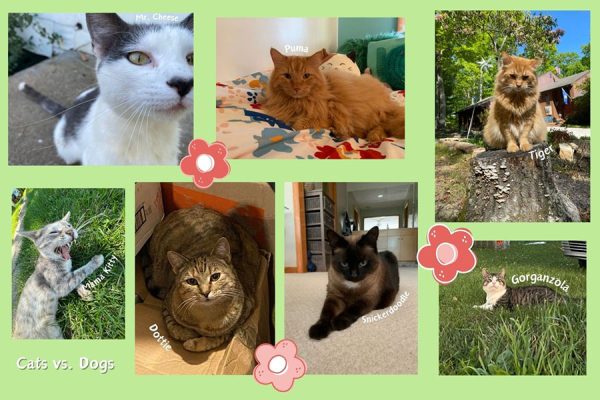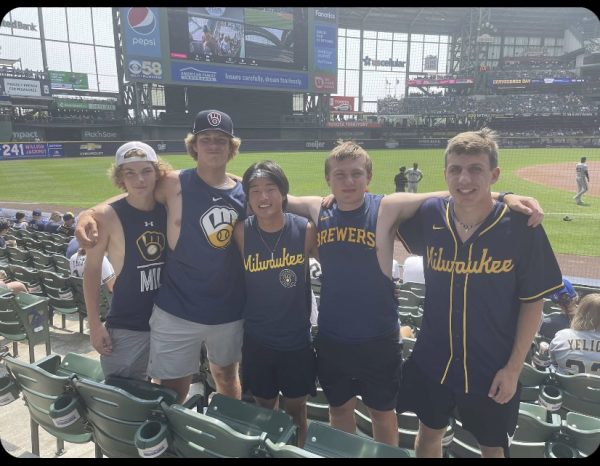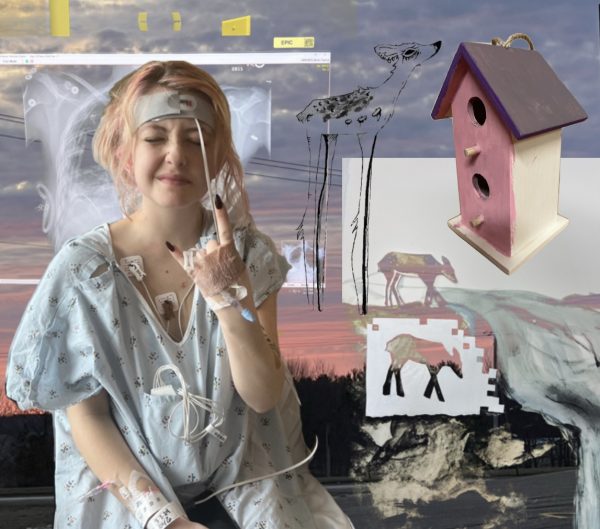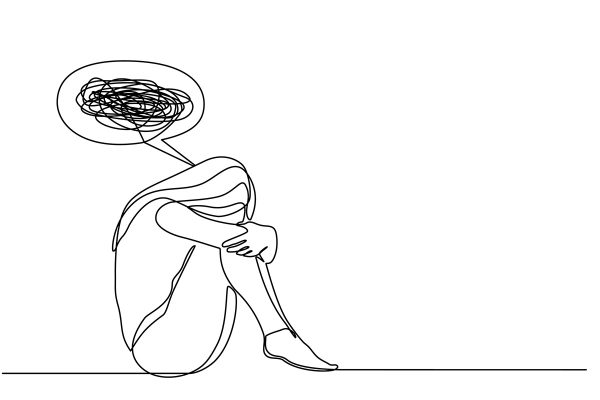Admission cost increase proposal limits who can visit national parks
Our national parks need money, but increasing admission cost is not the best way to raise funds
Photo by SUBMITTED
Clara Neupert stands atop Yosemite Falls during her trip to Yosemite National Park. Yosemite is one of the parks that would be affected by the proposal.
At the top of Yosemite Falls, there was nothing between me and the Californian sky. I saw eye-to-eye with the purple-gray peaks that surrounded me. The air was clear and cool and content.
In 2016, I visited Yosemite National Park with my family. The two days we spent in the park were not enough to explore it in its entirety. On the summit of Yosemite Falls, I vowed I would someday return.
However, recent events surrounding the national parks make me wonder if I’ll be able to return to the same Yosemite I left two summers ago.
On Oct. 24, the National Parks Service (NPS) announced a proposal that would increase the weekly entrance fees for the most-visited national parks.
The proposed weekly fee is $70 per week for a single, private vehicle. Currently, a weekly pass costs from $25 to $30, depending on the park and time of year.
According to the NPS, the added revenue would be used in repairing the aging infrastructure in the parks, which includes “roads, bridges, campgrounds, waterlines, bathrooms and other visitor services.”
The cost increase would go into effect as soon as May 1, 2018 for high-traveled parks like Yosemite, Yellowstone and the Grand Canyon.
The price increase will help the parks maintain their beauty, but would negatively affect low-income Americans who want to enjoy the sights.
I am not arguing the national parks should be void of funding. The parks need money, but I do not believe an increase in admission cost is the correct way to answer the problem.
Getting to a national park isn’t cheap. Besides entrance fees, a visitor needs to pay to eat and sleep.
Traveling to Yellowstone National Park would cost around $622 per person per week, according to Budget Your Trip, a website that estimates vacation costs. The website took into account factors like food, hotel and transportation costs.
And this estimation is without the proposed admission cost increase.
One nonprofit organization called Latino Outdoors, which is geared toward connecting Latino families with nature, would feel the impact of the proposed admission cost increase.
“For families that want to get out (to the parks), that cost barrier is not just perceived,” Gabe Vasquez told National Geographic. “It disproportionately affects families of color.”
Vasquez said the cost increase “erodes this definition of public.”
Every American deserves to feel the water’s mist rainbows effortlessly dissolve into the mountaintop breeze atop Yosemite Falls.
Every American deserves to envelope themselves in natural beauty and find themselves agreeing with John Muir, an advocate for wilderness preservation who said, “The clearest way into the universe is through a forest wilderness.”
Our national parks have become an emblem of shared land that unites us as a people.
When the cost of admission to our National Parks is increased, we are closing the gates to those who are unable to pay.
Luckily, the NPS has opened up a public forum for discussion about admission cost increase on the NPS Planning, Environment and Public Comment website. It is open until Nov. 23.
I am confident we can come up with a better solution than increased admission fees to aid our national parks.

Neupert is a fourth-year journalism student at UW-Eau Claire. She is the executive producer of Engage Eau Claire on Blugold Radio Sunday. In her spare time, Neupert's working on becoming a crossword puzzle expert.

